- Learn how to say “hello”, “goodbye”, “that’s great!” and a couple of other things in your neighboring languages!
- To help you get the intonation right, we give you visualizations as a help for some utterances. If the word/phrase is more complex, we mark the stressed syllables.
- In the pictures with the intonation line, there are two lines of text. The first line contains writing that is easy to read. The text in the second line is always closer to what you can actually hear –and that is what you should try to say when you are imitating!
|
|
Swedish |
Norwegian |
Danish |
English translation |
|
1 |
Hej! |
Hei! |
Hej! |
Hi! |
|
2 |
Hejdå! |
Ha det! |
Farvel! |
Goodbye! |
|
3 |
Vad bra! |
Kjempebra! |
Ej, det er fedt! |
That’s great! |
|
4 |
Tack så mycket! (Tack!) |
Tusen takk! (Takk!) |
Tusind tak! |
Thank you! |
|
5 |
Är du dum, eller? |
Er du gal? |
Er du rigtig klog? |
Are you crazy? |
|
6 |
Hur gammal är du? |
Hvor gammel er du? |
Hvor gammel er du? |
How old are you? |
Hi!
Listen and imitate!
| a. Swedish | b. Norwegian | c. Danish |
| Hej! | Hei! | Hej! (“haj”) |
 |
 |
 |
a.
b.
c.
Some hints how to sound more Norwegian/Danish/Swedish:
- Swedish: The Swedish speaker starts out rather high and then makes a big fall, so your voice has to fall fast.
- Norwegian: This greeting has a fast rising-falling tone. You can see/hear that it does not start as high as the Swedish greeting, but it falls just as much in the end.
- Danish: The Danish hej is pronounced like “haj”. The hej sounds rather flat and has an overall middle tone, but there is a slight fall towards the end.
Goodbye!
Listen and imitate!
| a. Swedish | b. Norwegian | c. Danish |
| Hejdå! | Ha det! | Farvel! |
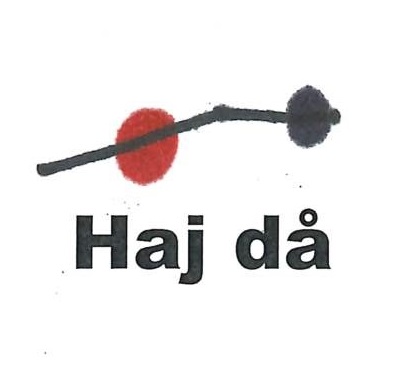 |
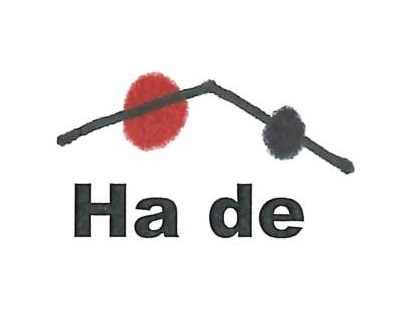 |
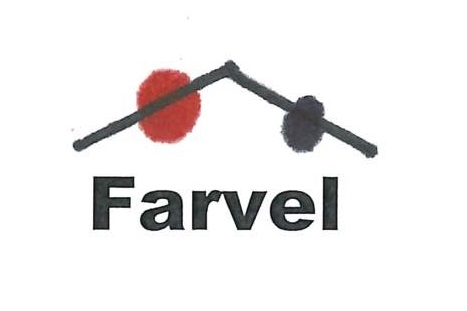 |
a.
b.
c.
Some hints how to sound more Swedish/Norwegian/Danish:
- Swedish: This Scania Swedish speaker pronounces hej- like in Danish: “haj”. There is also a Scanian diphthong on the long å-sound: “öå”. The speaker says “hit” in a rather flat tone with a long, almost singsong -då. (For Central Swedish pronunciation: pronounce an “e” in hej and no diphthong in “då”.)
- Norwegian: Ha det is pronounced in two tones: the syllable HA is spoken with a rather high tone and det with lower tone. Like two stairs in a staircase.
- Danish: farvel is pronounced in two tones: the stressed syllable FAR- is spoken with a rather high tone and -vel with a middle tone. Like two stairs in a staircase.
That’s great!
Listen and imitate!
| a. Swedish | b. Norwegian | c. Danish |
| Vad bra! | Kjempebra! | Ej, det er fedt! |
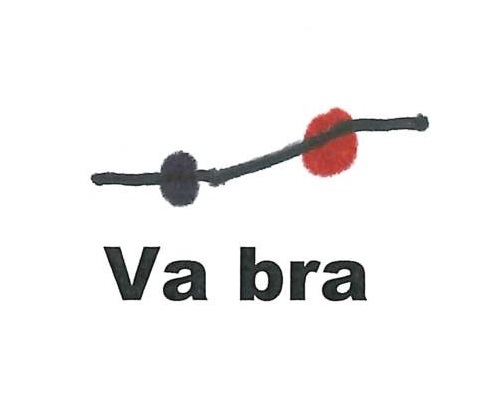 |
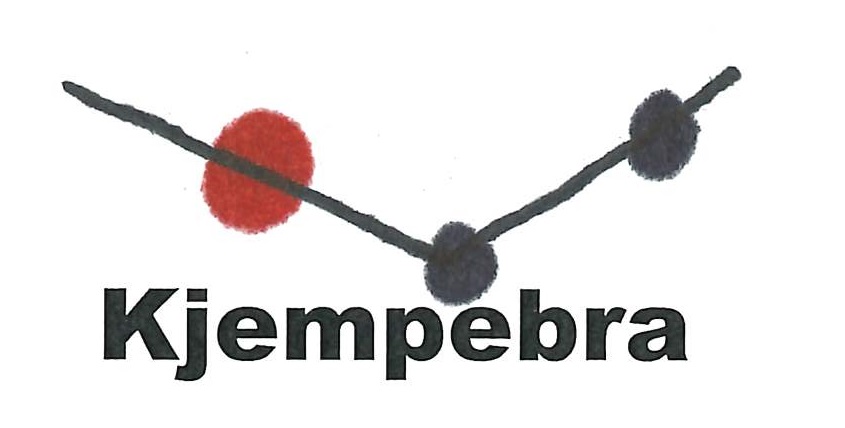 |
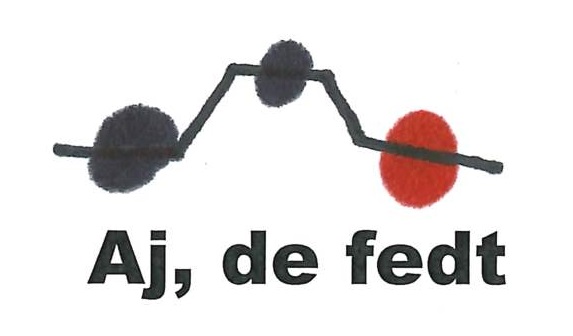 |
a.
b.
c.
Some hints how to sound more Norwegian/Danish/Swedish:
- Swedish: In VAD, d is left out. Tone is low and relaxed. In BRA, Scania r is a tongue root one, and long a-sounds in Scania has a diphthong: “au”. To signal enthusiasm, the tone on BRA rises high! Try that out! Then let the voice fall again, deep down.
- Norwegian: The Norwegian “kj” is pronounced as one single, hissing sound, similar to the sound in Swedish, but new to Danish speakers. Try pulling your lips wide to the sides like when smiling when pronouncing it. The first tone (KJEM-) is middle, the next tone (-pe) is very low and relaxed and the third tone (-BRA) is high, higher than the first tone.
- Danish: EJ is pronounced “aj”, with outbreath. Det (er) is pronounced as one word: “de”, unstressed, tone rather high. The most important word FEDT (pronounced FETT) has a much lower tone and is strong and clear.
Thanks!
Listen and imitate!
| a. Swedish | b. Norwegian | c. Danish |
| Tack så mycket! | Tusen takk! | Tusind tak! |
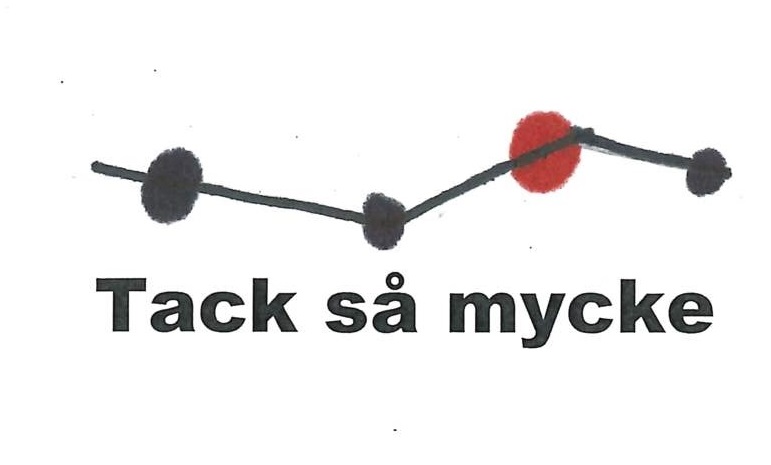 |
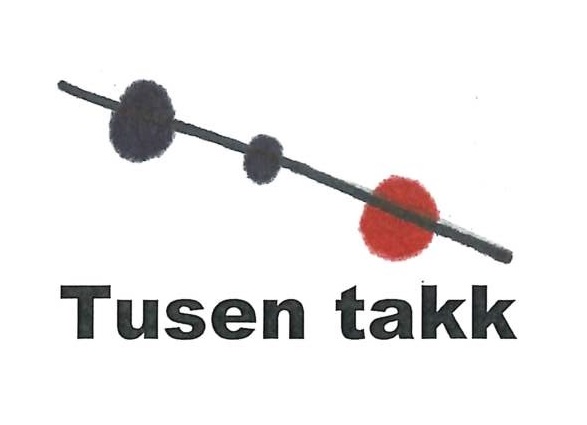 |
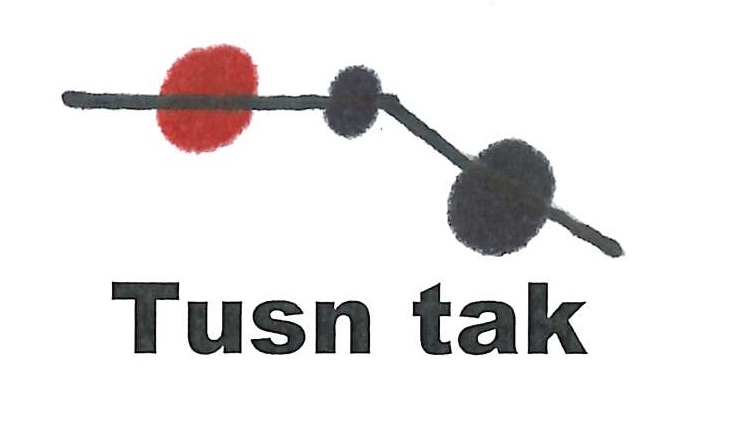 |
a.
b.
c.
Some hints how to sound more Swedish/Norwegian/Danish:
- Swedish: The å in så is so short and relaxed that is almost difficult to hear. The t is not pronounced in mycket.
Intonation: Tack + så are produced in a rather flat, middle tone. With mycket, emphasis starts: let you voice rise high on MY-, loud and clear! On -ke, the voice steps back down to the middle tone again. Stay there; or rise the voice ever so slightly at the end. - Norwegian: Start with a high tone in TU-(sen) and step down in three steps. The TAKK has its own stress and ends very low.
- Danish: In Tu-(sind), u is pronounced like a European u (more like German or Finnish Swedish), darker and further to your back than in Sweden Swedish and Norwegian. In the last part -ind, the i melts together with the n, and the d is left out. Listen closely to the utterance, and you will hear it. Intonation: Start with a high tone on TUUSN, step down to a middle tone. Like two stairs in a staircase.
Of course, you can also just say Tak! in all three languages. It then sounds very similar, very flat intonation. Listen to the examples in the audios called (10d-f).
10d.
10e.
10f.